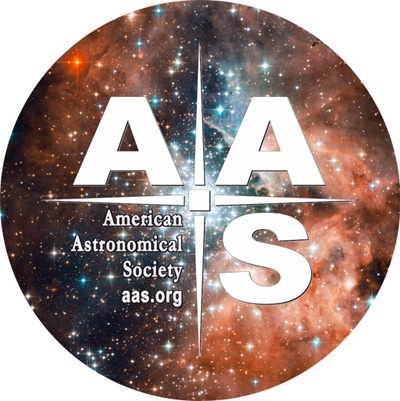22 January 2021
Tarini Konchady

The HR 8799 system as seen by the Keck II telescope. The planets are highlighted with arrows showing the direction in which they’re moving along their orbits. HR 8799 itself is the speckled region at the center of the image. Credit: NRC-HIA, C. Marois, and Keck Observatory.

All four planets orbiting the star HR 8799 were identified via direct imaging — a feat made possible only because of the planets’ large sizes and their wide orbits.

Planetary systems with these characteristics often have difficulty holding themselves together under all of the gravitational influences involved. But could the HR 8799 system somehow stay intact?
Subtracting Light to Find Planets
The direct imaging technique involves taking an image of a star and removing all the light associated with the star to see what remains (hopefully planets!). When astronomers used this technique on infrared observations of the star HR 8799, they discovered four planets in orbit around it.

An animation showing observations of the HR 8799 system taken over seven years. The observations were taken at the W.M. Keck observatory. Credit: J. Wang/C. Marois.

Images show that the innermost planet lies roughly 16 astronomical units from the star — a bit nearer than Uranus is to the Sun — and all of the planets have orbital periods ranging from 50 to 500 years. But, given that astronomers haven’t been able to observe this system for very long, uncertainty remains about the long-term behavior of the planetary orbits in the HR 8799 system. In fact, some previous studies have suggested that the system might come apart in the distant future.

The inner debris disk from an N-body simulation of the HR 8799 system. Initial positions of the planets are marked by the red circles. The gray orbits are from a different simulation of the system that was allowed to run for ten million years. The colors of points correspond to their eccentricity as indicated in the color bar. Credit: Goździewski & Migaszewski, 2020.
But in a recent study, Krzysztof Goździewski and Cezary Migaszewski (Nicolaus Copernicus University, Poland) consider a scenario in which the HR 8799 is able to remain intact — we just need to involve mean-motion resonance (MMR) and periodic orbits.
Resonance and Periodic Orbits
When orbiting bodies are in MMR, the ratio of their orbital periods is a small integer ratio (a 5:2 resonance, for example, means that one object orbits five times in the time it takes the other to orbit twice). There are examples of MMR in the solar system: Neptune and Pluto are in a 3:2 resonance, and Jupiter’s moons Io, Europa, and Ganymede are in a 4:2:1 resonance.
Goździewski and Migaszewski have previously demonstrated that the four planets orbiting HR 8799 could be in a stable 8:4:2:1 MMR. In this study, they revisited the MMR of the HR 8799 planets in the context of periodic orbits, where particular elements associated with the planetary orbits vary periodically with time.
Mass Determination from Models
Goździewski and Migaszewski used observations from a particular point in time to create an initial model of the HR 8799 system. They then let the system evolve under the constraints of MMR and periodic orbits. The resulting model not only aligned with measurements of the system made since the initial observation, but it could also be used to determine the masses of the HR 8799 planets. All we’d need is a few more future observations!
HR 8799 could have planets that are closer in than the known four. However, they might not drastically interfere with MMR in the system. In either case, HR 8799 is a good testing ground for theories of planetary formation — we just need to keep an eye on it!
Citation:
“An Exact, Generalized Laplace Resonance in the HR 8799 Planetary System,” Krzysztof Goździewski and Cezary Migaszewski 2020 ApJL 902 L40.
https://iopscience.iop.org/article/10.3847/2041-8213/abb881
See the full article here .

five-ways-keep-your-child-safe-school-shootings
Please help promote STEM in your local schools.

AAS Mission and Vision Statement
The mission of the American Astronomical Society is to enhance and share humanity’s scientific understanding of the Universe.
The Society, through its publications, disseminates and archives the results of astronomical research. The Society also communicates and explains our understanding of the universe to the public.
The Society facilitates and strengthens the interactions among members through professional meetings and other means. The Society supports member divisions representing specialized research and astronomical interests.
The Society represents the goals of its community of members to the nation and the world. The Society also works with other scientific and educational societies to promote the advancement of science.
The Society, through its members, trains, mentors and supports the next generation of astronomers. The Society supports and promotes increased participation of historically underrepresented groups in astronomy.
The Society assists its members to develop their skills in the fields of education and public outreach at all levels. The Society promotes broad interest in astronomy, which enhances science literacy and leads many to careers in science and engineering.
Adopted June 7, 2009
